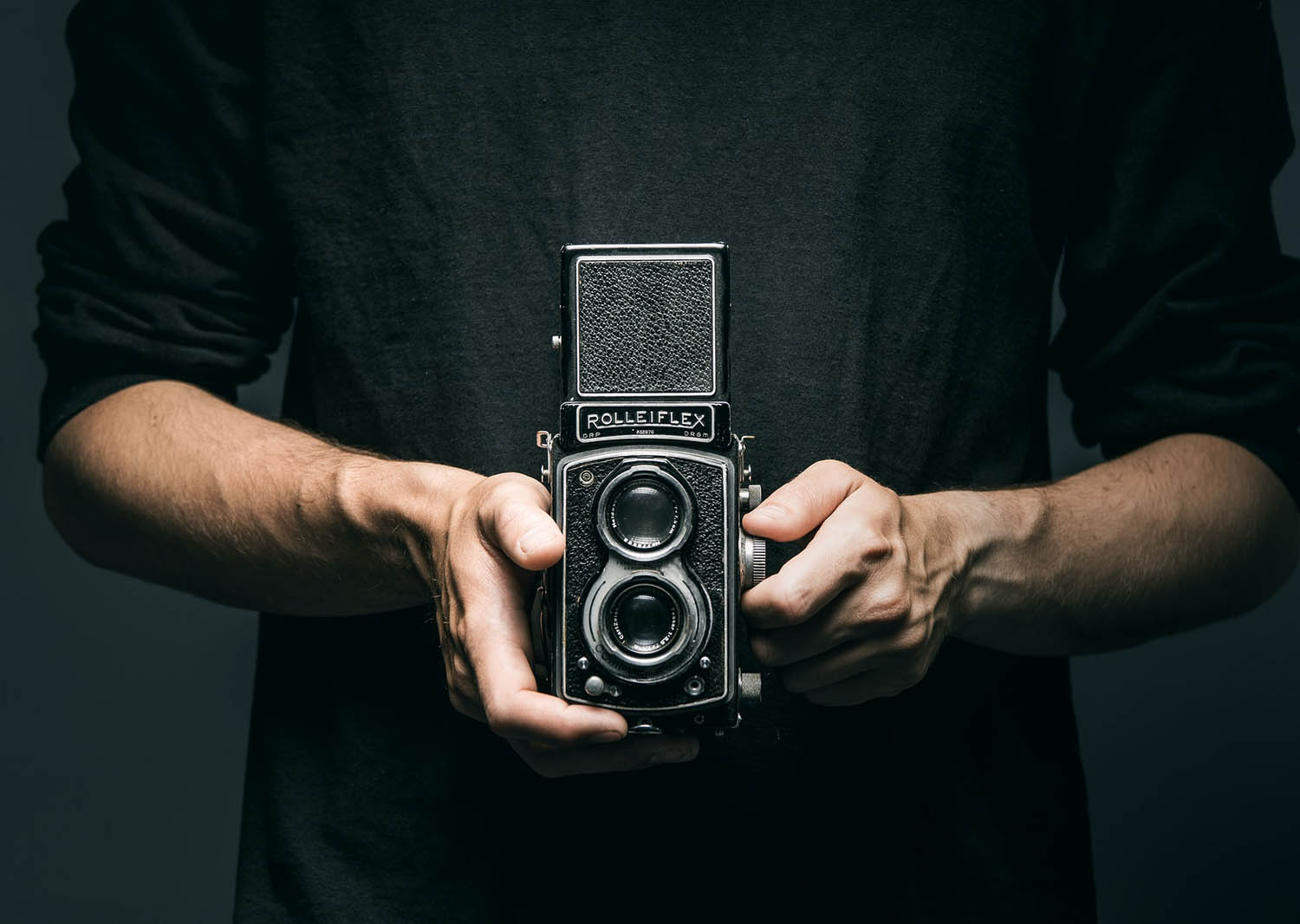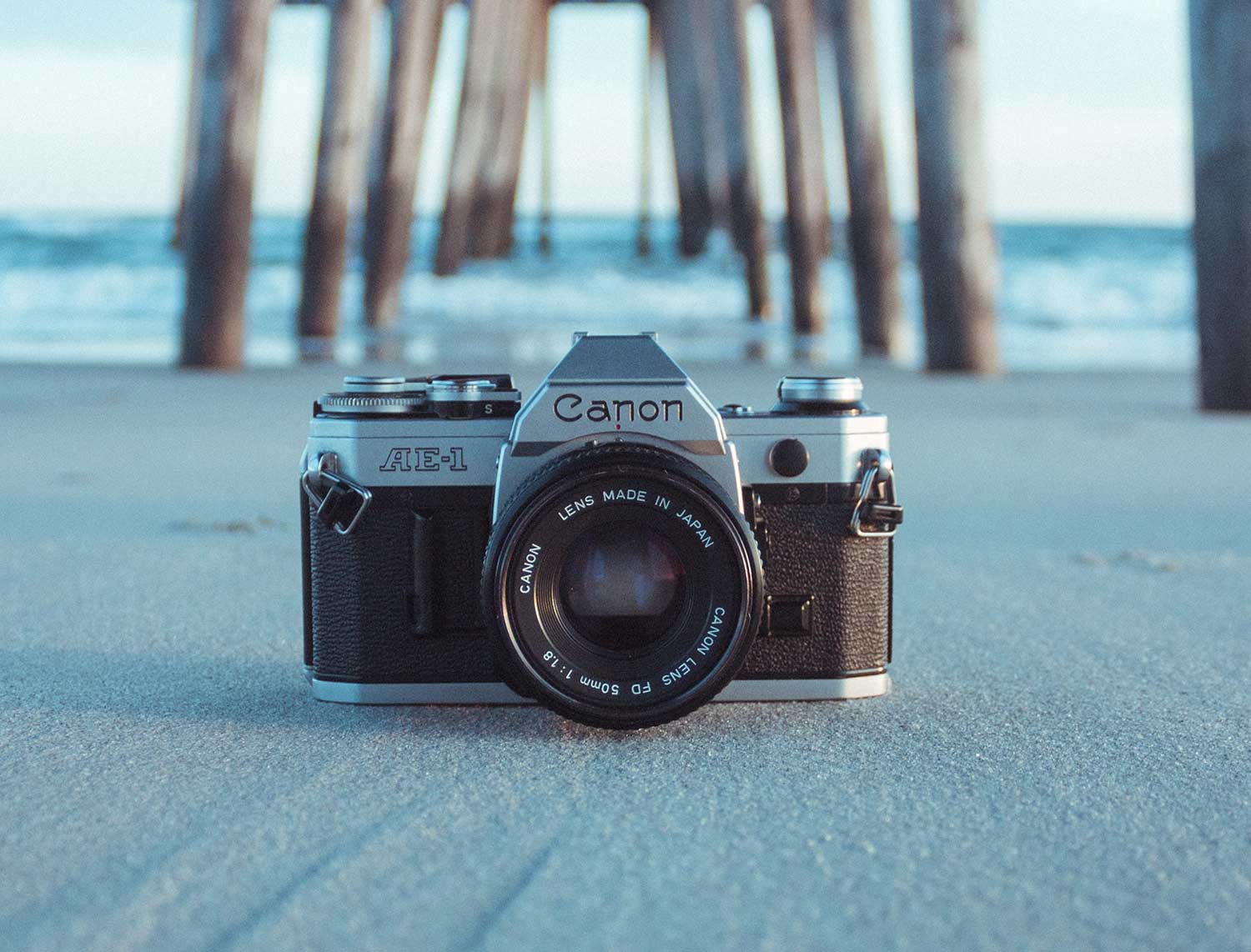TLR vs SLR: Exploring the Differences and Choosing the Right Camera for Your Photography
When it comes to photography, choosing the right camera is crucial for capturing the images you envision. Two popular camera types that have stood the test of time are the Twin Lens Reflex (TLR) and Single Lens Reflex (SLR) cameras. Both offer unique features and advantages that cater to different shooting styles and preferences. In this article, we will delve into the differences between TLR and SLR cameras, helping you make an informed decision when selecting the ideal camera for your photography needs.

Table of Contents
- Introduction
- Understanding TLR Cameras
- Understanding SLR Cameras
- Key Differences: TLR vs SLR Cameras
- Advantages of TLR Cameras
- Advantages of SLR Cameras
- Considerations for Choosing Between TLR and SLR Cameras
- Conclusion
- Frequently Asked Questions (FAQs)
1. Introduction
TLR and SLR cameras are renowned for their reliability, versatility, and ability to produce high-quality images. While they share similarities, they differ in design, functionality, and shooting experience. By understanding these differences, you can choose the camera that best aligns with your photographic style and requirements.
2. Understanding TLR Cameras

TLR cameras feature a unique design characterized by two lenses—one for viewing and composing the image, and the other for capturing the photograph. The viewfinder lens is situated above the taking lens, and both lenses are coupled, providing an accurate representation of the final image. TLR cameras are known for their waist-level viewing, offering a unique perspective and facilitating candid and street photography.
3. Understanding SLR Cameras

SLR cameras, on the other hand, utilize a single lens for both viewing and capturing the image. Through the use of a mirror and a prism, the photographer sees the exact image that will be recorded on the film or sensor when the shutter is released. This real-time viewing makes SLR cameras versatile and popular among various genres of photography, including portraiture, wildlife, sports, and photojournalism.
4. Key Differences: TLR vs SLR Cameras
The following are key differences between TLR and SLR cameras:
- Viewfinder Placement: TLR cameras have a waist-level viewfinder, while SLR cameras have an eye-level viewfinder.
- Composition: TLR cameras offer a unique and distinct perspective due to the waist-level viewing, while SLR cameras provide a direct view through the lens.
- Focusing: TLR cameras typically use a ground glass screen for manual focusing, while SLR cameras offer various focusing options, including manual focus, autofocus, and interchangeable focusing screens.
- Image Inversion: TLR cameras produce an image that is laterally reversed (left-to-right), while SLR cameras provide a true-to-life representation of the scene.
- Lens Interchangeability: SLR cameras usually have interchangeable lenses, allowing photographers to select lenses suitable for specific shooting situations. TLR cameras often have fixed lenses.
- Depth of Field Preview: SLR cameras often feature a depth of field preview button that allows photographers to preview the depth of field before capturing the image. TLR cameras lack this feature.
5. Advantages of TLR Cameras
TLR cameras offer several advantages:
- Unique Perspective: The waist-level viewfinder of TLR cameras provides a distinctive and often more discreet shooting experience, facilitating candid photography.
- Ease of Use: TLR cameras are generally simple and intuitive to operate, making them suitable for photographers of all skill levels.
- Image Consistency: TLR cameras have fixed lenses, which contribute to consistent image quality and sharpness throughout the frame.
- Medium Format Options: Many TLR cameras utilize medium format film, allowing for larger negatives and higher image resolution.
6. Advantages of SLR Cameras
SLR cameras come with their own set of advantages:
- Direct Viewing: The eye-level viewfinder of SLR cameras offers a direct and real-time preview of the image, making composition and focusing easier.
- Versatility: SLR cameras often have interchangeable lenses, providing flexibility to adapt to various shooting scenarios.
- Depth of Field Preview: The depth of field preview feature in SLR cameras enables photographers to assess the precise depth of field before capturing the image.
- Autofocus Capabilities: Many modern SLR cameras offer advanced autofocus systems, allowing for quick and accurate focusing in various conditions.
7. Considerations for Choosing Between TLR and SLR Cameras
When deciding between TLR and SLR cameras, consider the following factors:
- Photographic Style: Evaluate your preferred shooting style and genres to determine which camera design best complements your creative vision.
- Ease of Use: Consider your level of experience and comfort with manual focusing, image inversion, and other characteristics specific to TLR cameras.
- Interchangeability: Determine if the ability to change lenses and utilize different focal lengths is essential for your photography.
- Budget: Consider the costs associated with purchasing and maintaining TLR or SLR cameras, including film, lenses, and accessories.
8. Conclusion
TLR and SLR cameras are both excellent choices for photographers seeking reliable and versatile tools. TLR cameras offer a unique waist-level perspective and simplicity, ideal for candid and street photography. SLR cameras provide direct viewing, lens interchangeability, and advanced features suitable for various genres and shooting styles. Assess your preferences, shooting needs, and budget to determine whether a TLR or SLR camera is the best fit for your photographic journey.
9. Frequently Asked Questions (FAQs)
Q1. Are TLR cameras suitable for beginners? TLR cameras can be a great option for beginners due to their simplicity and ease of use. They provide an opportunity to learn composition, manual focusing, and basic camera operations.
Q2. Can I achieve similar image quality with both TLR and SLR cameras? Both TLR and SLR cameras can produce high-quality images. However, SLR cameras often offer more lens options and advanced features that can contribute to image versatility and sharpness.
Q3. Are TLR and SLR cameras still in use today? Yes, TLR and SLR cameras continue to be used by photographers worldwide. While digital cameras have become more popular, there is still a dedicated community that appreciates the unique characteristics and shooting experience these film-based cameras offer.
